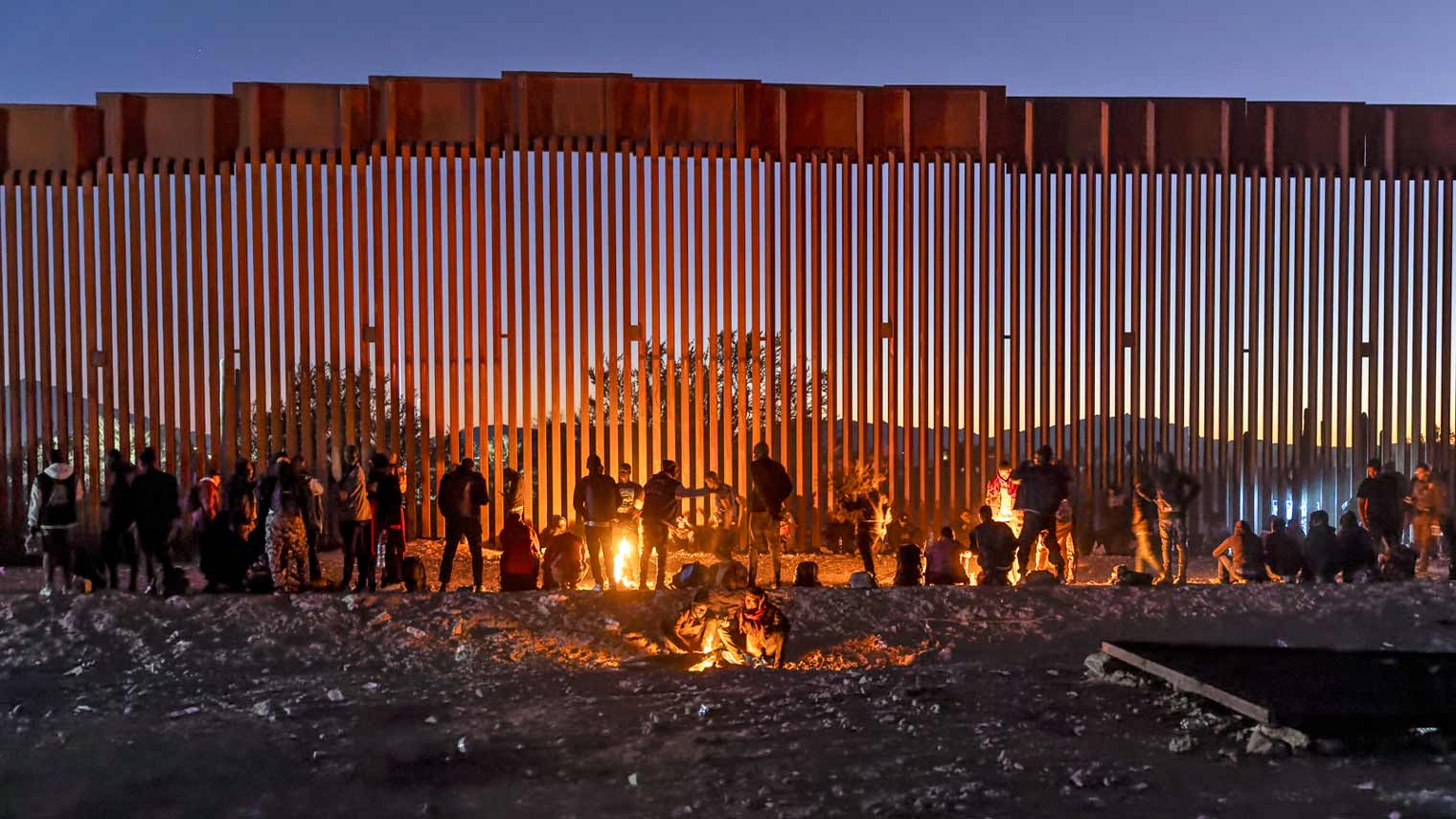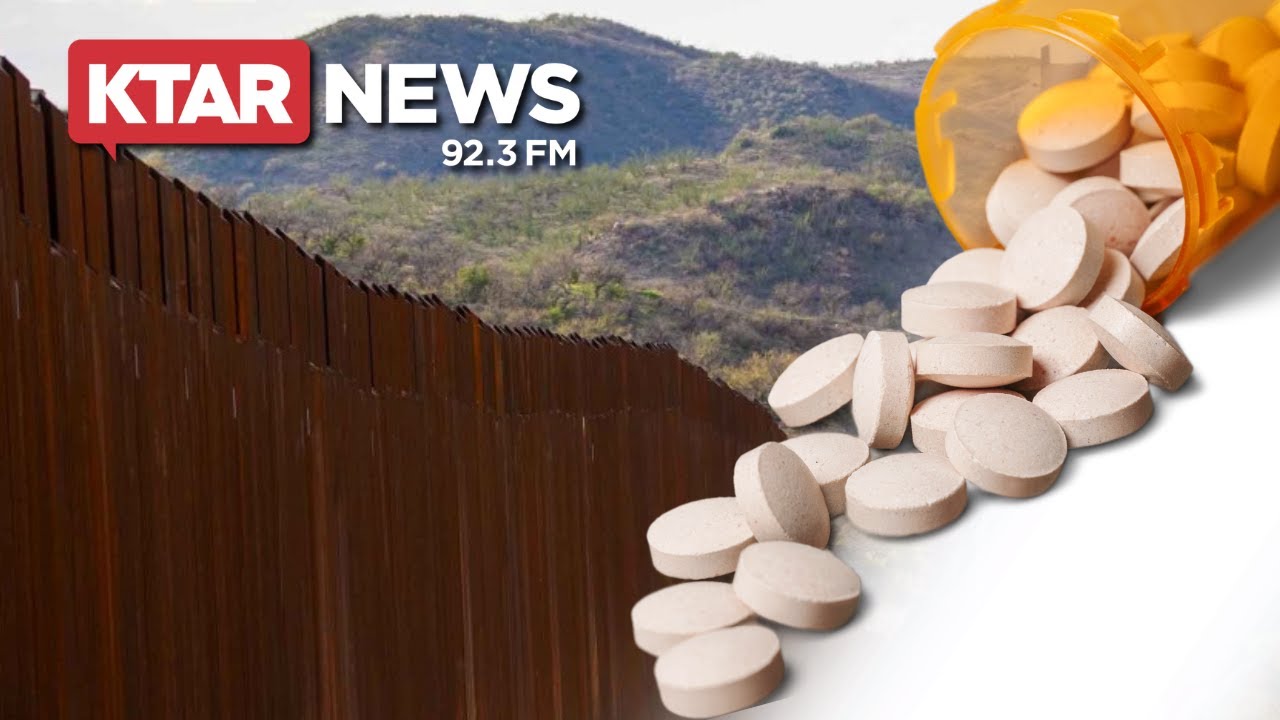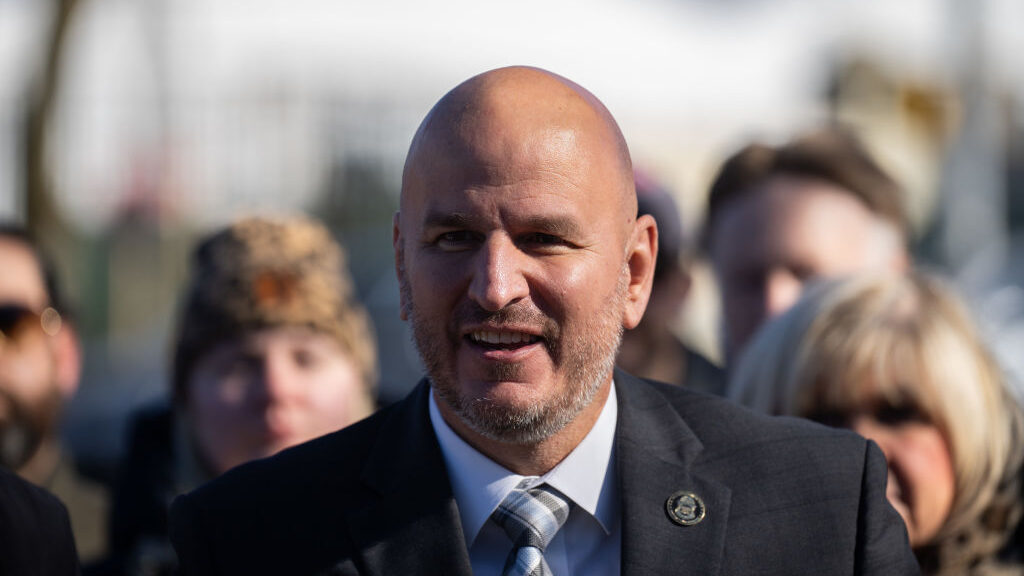Latino education and Arizona’s economy
Apr 25, 2013, 3:20 PM | Updated: 3:20 pm
Finally, there is
hope. Arizona is
emerging from the
Great Recession.
Unemployment is
down. Housing prices
are rising. Tourists are
back. Small shops and
restaurants are opening
their doors.
But such welcome
signs may distract us from a deep and persistent
crisis that threatens to undermine
our hopes for prosperity and cripple our
economic future for generations: Arizona’s
Latinos — our fastest-growing population
group — still struggle against barriers to
educational achievement that keep them
lagging well behind the state’s white population
in educational performance.
Few would disagree that this imbalance
represents a grave threat to Arizona’s economic
health.
One reason concerns demographers: In
the coming years, Latinos will provide an
increasingly larger share of the state’s leaders
and workers, and will eventually comprise
a majority of Arizonans.
For example:
• In 1980, Latinos made up 16% of
Arizona’s population; today, that number
is 30% and growing; by the early 2040s it
will exceed 50%.
• The median age of white Arizonans
is 44; for Latinos, it’s 25.
• More Arizonans under age 18 are
Latino than white.
A second reason is economics: Education
and skills training are widely expected
to become even more important drivers
of work force quality, earning potential
and economic growth than they are today.
Arizona now increasingly competes with
a global array of economic rivals. If it is to
develop, attract and retain well paying,
high-skill industries that will pay good
wages and enhance the quality of life for
all Arizonans, any state must have a critical
mass of trained workers and the promise of
more to come.
Further, lower educational achievement
is usually linked to lower earning power.
A substantial average income gap already
exists today between Arizona’s Latinos and
whites. As the former make up an increasing
share of the state’s total
population, the average income
level for all Arizonans could
stagnate. Less income would
mean less purchasing power,
which could drag down overall
economic growth and, consequently,
tax revenues. Lower
tax revenues means fewer state
services for everyone.
This is far from a new concern,
or a hidden one. More than a
decade ago, Morrison Institute
for Public Policy included this
education gap among five worrisome
trends that were thought
likely to jeopardize Arizona’s
future prosperity and quality
of life. The result, published in
2001, was Five Shoes Waiting
to Drop on Arizona’s Future. That report
urged that Arizonans “place the educational
interests of Latino young people at
the top of the state’s agenda.”
Last year, Morrison updated some of
the metrics used in the Five Shoes study.
The findings — detailed in a new report
titled Dropped? — are not comforting: 12
years later, the achievement gap between
Hispanics and whites has not signifi cantly
changed.
Some examples:
• Latino children continue to score well
below whites in fourth- and eighth-grade
math and reading on the National Assessment
of Educational Progress.
• While the Latino high-school graduation
rate has improved in the past decade,
it still hovers around 70%, at least 10 points
below that of whites Among Arizonans aged 25 to 34, 64%
of Latinos have at least a high school diploma;
the percentage for whites is 92%.
Few dispute the impact of education on
economic well-being. In 2010, for example,
Arizonans with less than a high school
diploma faced an unemployment rate of
more than 18%. For those with a bachelor’s
degree or higher, the rate was 5%. Nor is
this merely a matter of a paper credential.
The Center on Education and the Workforce
at Georgetown University estimates
that, by 2018, 61% of all Arizona jobs will
require some training beyond high school.
The issue of Latino education has
sometimes become entangled with Arizona’s
fierce disputes over the impact of
undocumented immigration — most of it
from Mexico. But it is important to note
that the state’s education gap is not primarily
an immigration matter. It’s true that the
high-volume undocumented immigration
of past decades contributed to the growth
of Arizona’s Latino population. But most
experts today agree that the net rate of undocumented
immigration has fallen close
to zero. More importantly, more than 90%
of Latino children in Arizona under 5 years
old are U.S. citizens.
Latinos are here to stay, and they will
populate Arizona’s future.
Further, there is a considerable body
of research identifying poverty and its
related ills — such as single-parent families,
unstable home life, frequent moves, poor
nutrition and unsafe neighborhoods — as
a major contributor to poor school performance
regardless of ethnicity. Lack of
parental support (often due to parents’ low
educational attainment) and language barriers
are other frequently noted causes.
“This report isn’t about ethnicity, but
rather about economics, demographics
and, in some respects, a failure a decade
ago to deal with a critical education issue,”
said Susan Clark-Johnson, executive director
of Morrison Institute.
“Latinos eventually will comprise a
majority of Arizonans. If we do not close
the educational gap, all of Arizona will suffer
the consequences. In truth, education
in Arizona needs to be improved for all
Arizonans,” she said. “In an increasingly
competitive global environment, our overall
education achievement lags far behind
that of too many countries.”
Ten years ago, Morrison Institute recommended
— as others before and since
have recommended — that Arizona leaders
devote urgent attention and resources to
the education of all its children, with special
focus on the Latino education gap. If that
was the assignment, Arizona seems clearly
to be failing. We cannot afford — literally
and figuratively — to continue.
Bill Hart is a Senior Research Analyst for
the Morrison Institute for Public Policy.
Note: The terms “Latino” and “Hispanic”
are used interchangeably in this article. The
term “white” refers to non-Hispanic whites.








